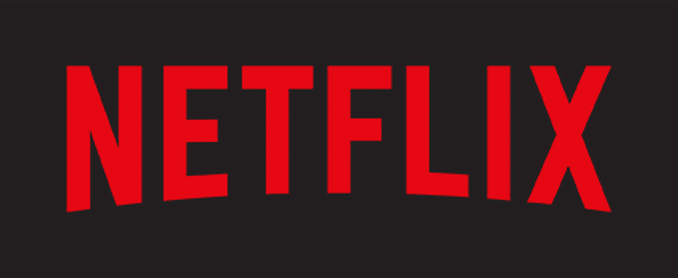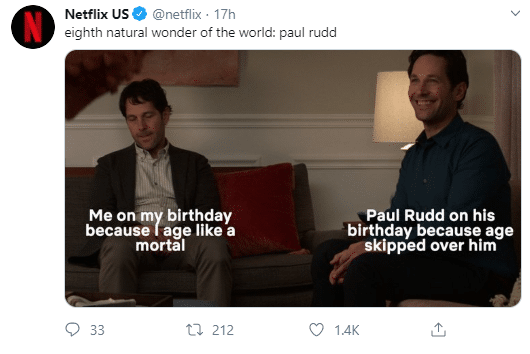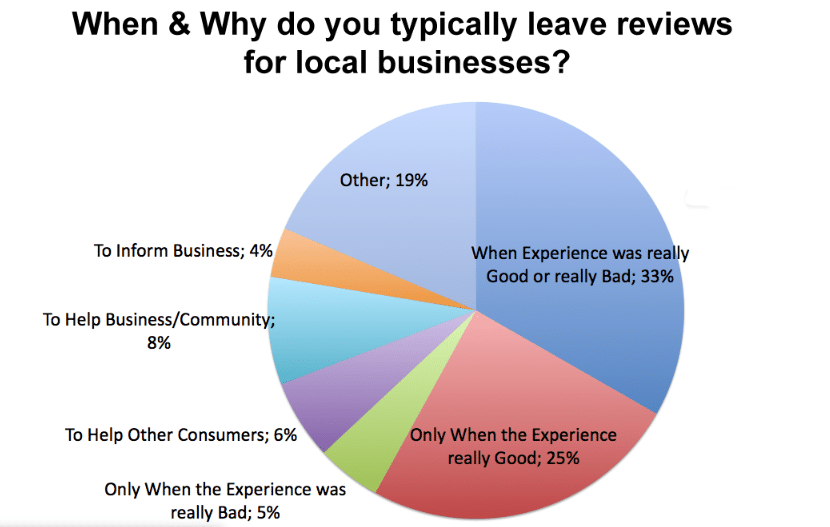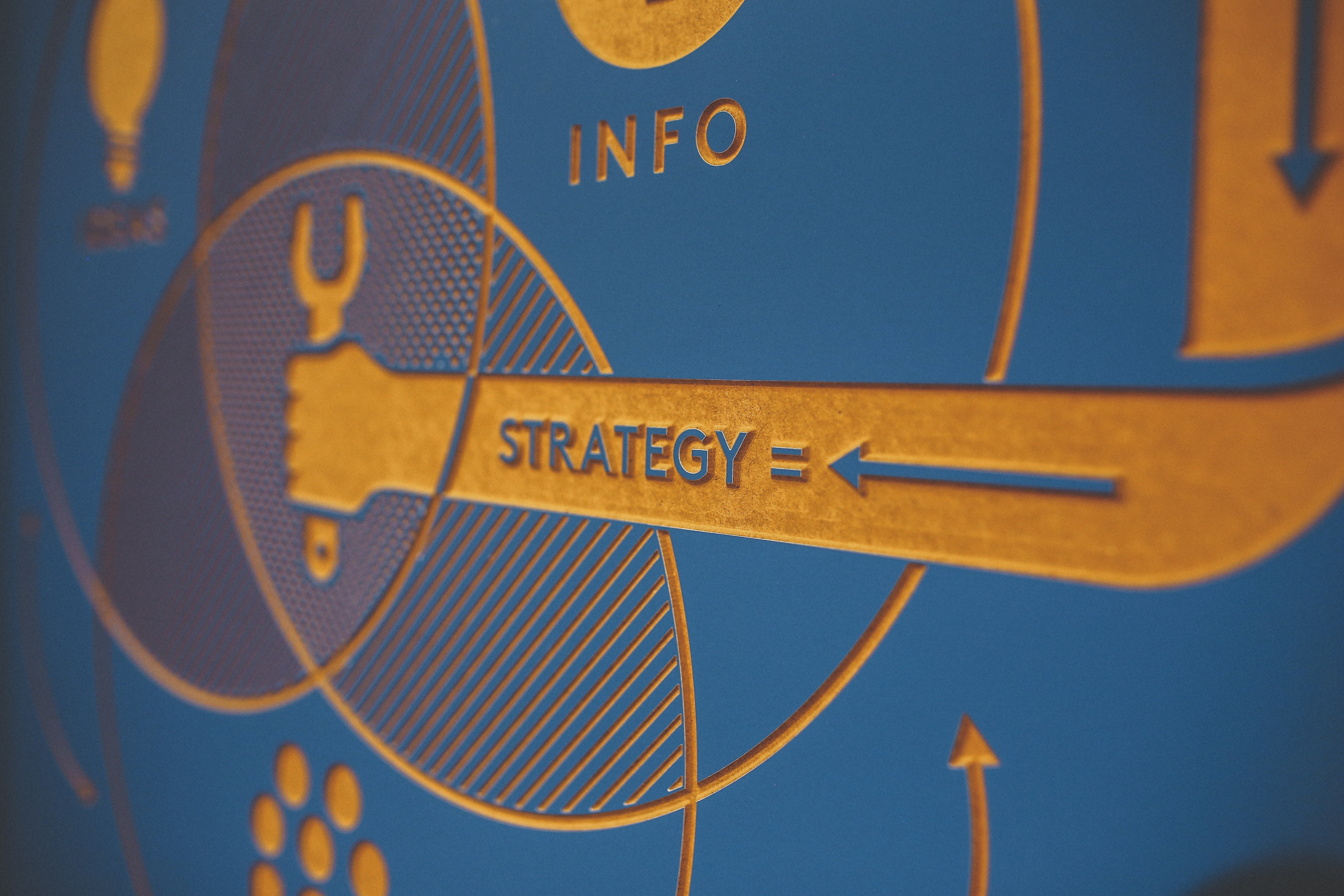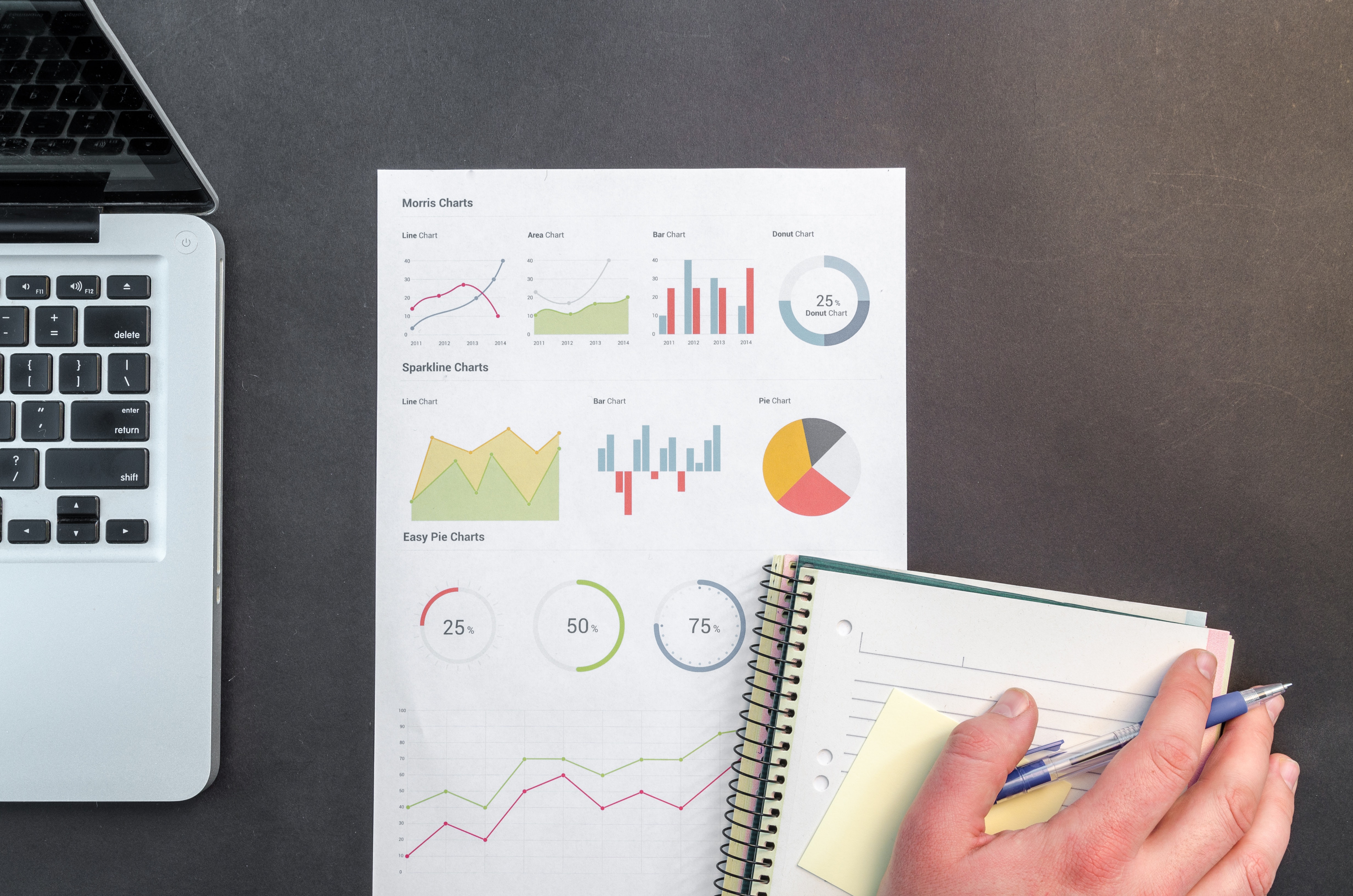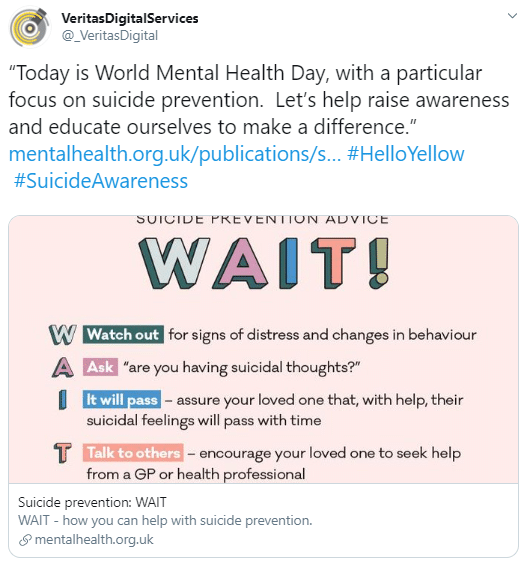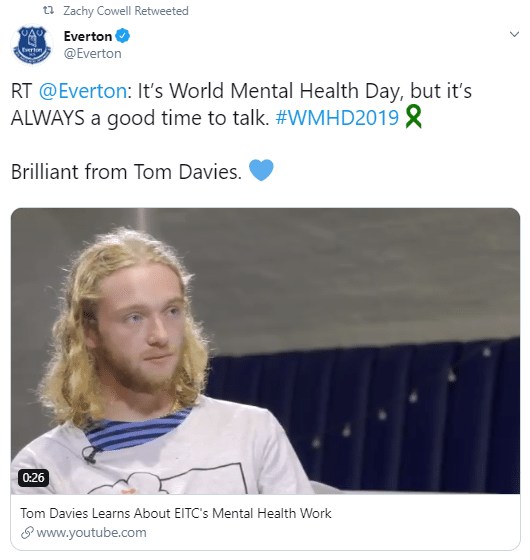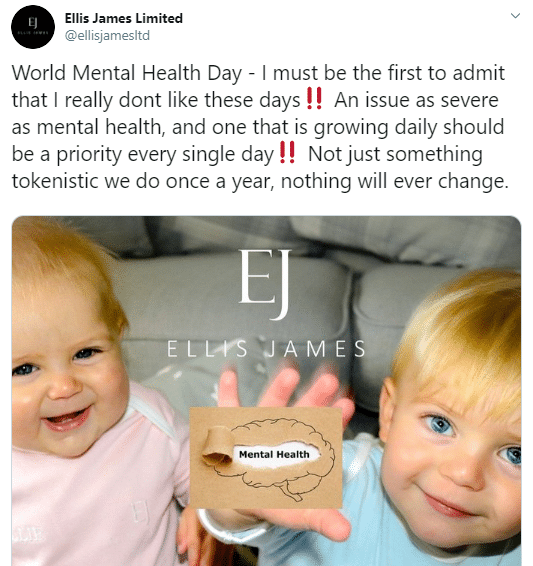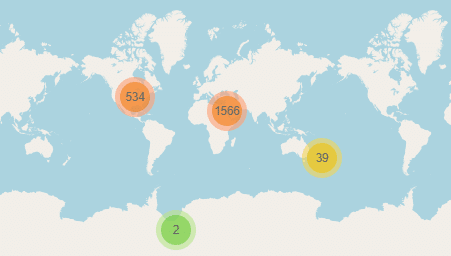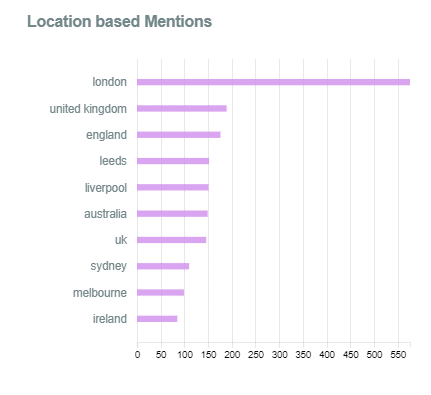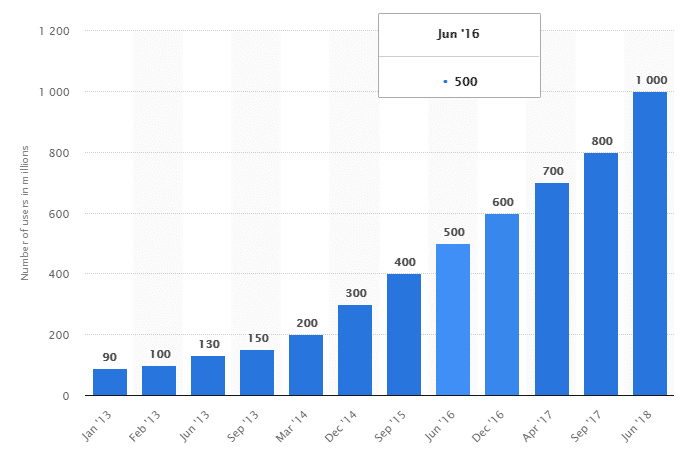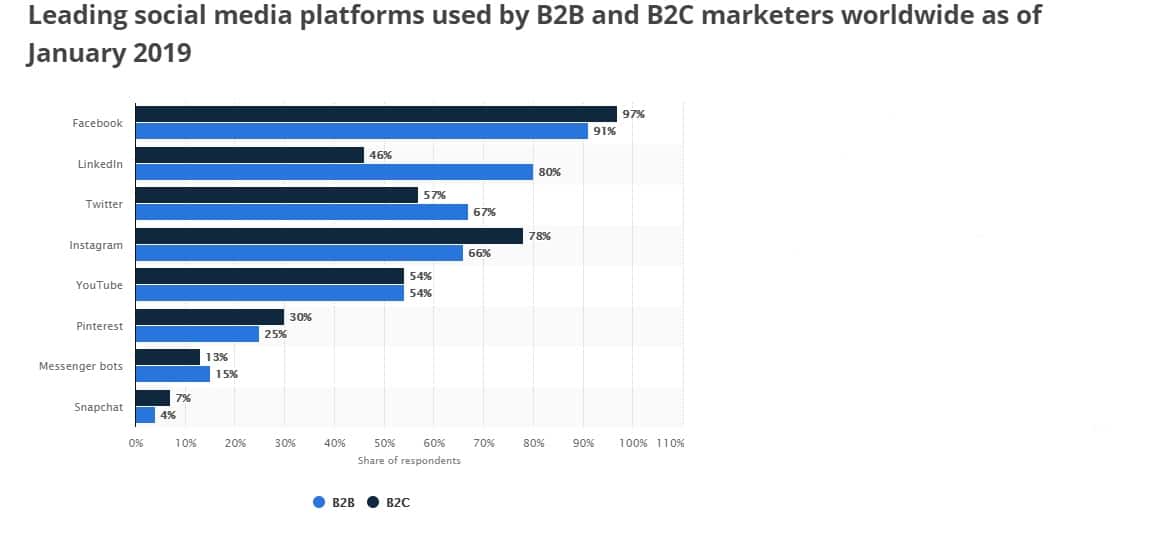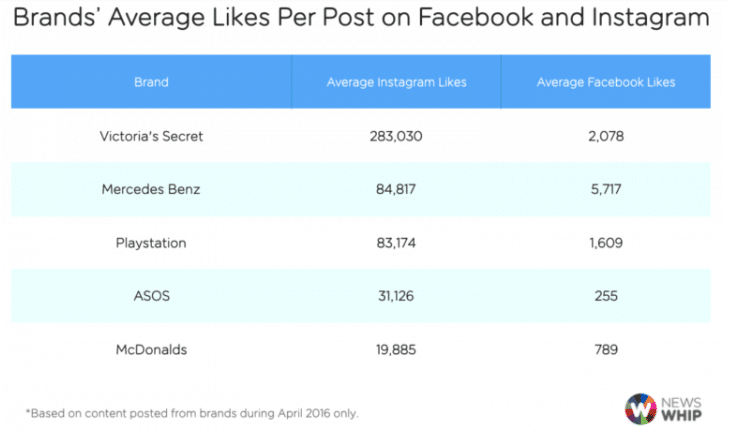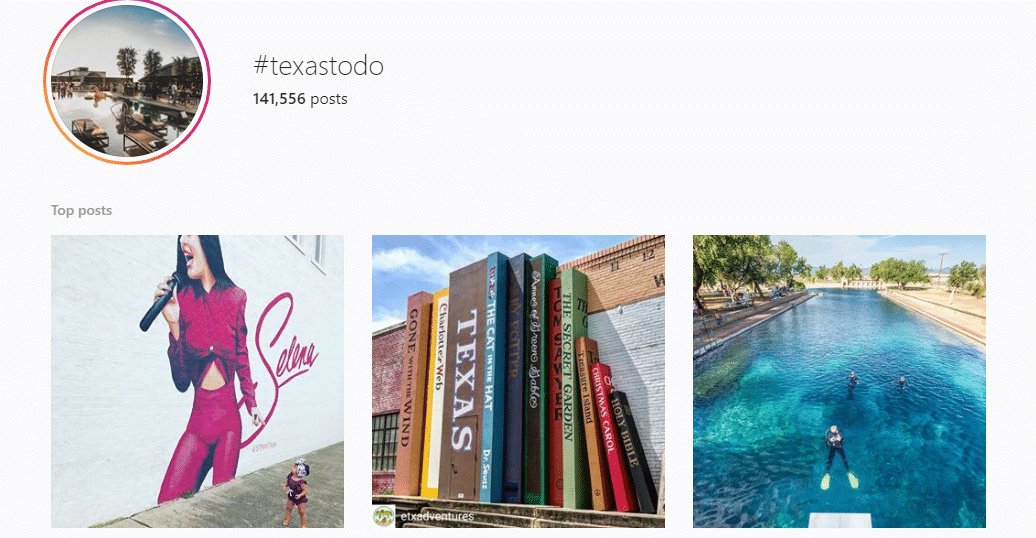Social Listening for Small Businesses
Recently, a member of my business school alumni group inquired if any of us had used a particular service and sought feedback on their quality. The only answer to this query came within 5 minutes, talking bitterly of a bad experience and advising strongly against using that service. I was reflecting on how there’s a lot of truth in the saying that happy customers may not talk about you much, but unhappy ones will even go out of their way to spread the word far and wide.
Word-of-mouth advice for or against a business can make or break a small business, unlike established brands that develop a certain amount of resilience against such attacks. According to the U.S SBA, there are about 30.2 million small and medium-sized businesses in the U.S, 90% of which fail. It stands to reason for us to say, that not listening to their customers must be count as a major reason for their failure.
Social listening for small businesses is not only important but also particularly effective. If you are running a small business, you could use it as a one-stop solution to most of your marketing needs, saving precious time and money. The market is filled with options from social listening tools ranging from free to premium paid versions, but you can try most for free before you make a final decision. Small businesses need to undertake social listening actively because unlike bigger businesses, they are closer to their consumers.
Why should Small Businesses invest in Social Listening?
Social listening helps a business to be aware of how what their customers think, of their products and services. Any company needs to know its standing in the market before it can dream of gaining an edge over its competitors. Being ignorant, of market trends, competitors and general public opinion, is never a good idea, even for popular brands. Nokia is perhaps the biggest example of a company that stopped listening and was decimated as a result. If it can affect big brands such as Nokia, small businesses need to be more careful because you do not want to lose your existent customer base, however small it may be. Social listening for small businesses can actually help them draw insights from their current customer base and take corrective action to rectify any defects/faults. Once you cater to the needs of your existing customer base, they are sure to share a good word with other people and it bears repetition to ask, what’s better than word-of-mouth marketing?
How to use Social Listening for Small Businesses?
The worst thing a business could do, in today’s wired world, is not to care when customers are angry. Small businesses risk everything in such a scenario. Customers when angry vent it out on social media platforms, which reach a million users. Not paying attention to negative feedback on social media can create a chain reaction on the Internet. One bad review can attract other negative comments and on many occasions, customers have even stormed ahead to call for a boycott for some brands. Even potential customers will be able to see these toxic messages when they use Google and look for the nearest business for that product or service. To avoid a massive crisis in an age when news travels faster than light, one needs to stay vigilant.
Social listening can help small businesses in a great many ways here. The platform allows you to establish an impeccable online reputation by enabling all of the following actions:
Market Research and Real-Time Feedback
Real-time feedback and the insights derived from them render social listening tools the most effective for small businesses. Normally, one would have to invest time and resources to procure consumer data like paying a hefty fee for a survey and then analyzing the data. Social listening tools extract the most relevant pieces of information for your brand from the largest source of free data – online networking sites, review boards et cetera. The tool even helps you to visualize the data with inbuilt analytical features. Real-time notifications help you to act quickly and respond immediately to your customers and this is key to your brand’s success. No angry customer would like to wait a month for your answer, they would just move on to a rival brand. Social listening is also an excellent platform to monitor industry trends, consumer opinions et cetera and thus proving to be a relatively inexpensive market research tool.
Crisis Management and Advertising
Advertisement tries to inspire the wish for a product in a customer through a creative message. In their attempt to be creative, many brands have faced public wrath. Sometimes, it is difficult to understand what would be perceived as creativity and what would not. Interacting with the online audience and obtaining their opinions before you release any controversial content is a smart solution to avoid a PR crisis. Some brands have faced issues with their ad campaigns like the one by Dove, with their shampoo bottles trying to showcase different body types and Antonio Federici putting up a print ad mixing sexual and religious sentiments. Both these ads created serious adverse reactions from many quarters and had to be taken down.
Customer Experience and Engagement
Even the top brands of today would have once been small start-ups. Their ability to provide customers with a unique and satisfactory product or service is the reason why they’re big today. However, this sentence tells us only half the truth. Even a great product coupled with poor back up and customer service can drive customers away. Social listening for small businesses helps you track the needs and problems of your audience and resolve them immediately. Most social listening tools create a trouble “ticket” which will be open until a problem is resolved. Multiple members of a team can access the platform, which enables an escalation matrix so more people can be looped in for effective problem resolution. This makes social listening the best tool for online media management.
Engaging with audiences across various channels from one centralized platform with a multi-user feature saves you a lot of financial resources. Social listening for small businesses is an apt marketing solution and one which is critically important for a brand’s survival too. You can now listen to consumer insights, engage with them, find brand advocates, support your recruitment and indulge in social selling – all of this from one platform! Experience the tool by signing up for a free trial.


